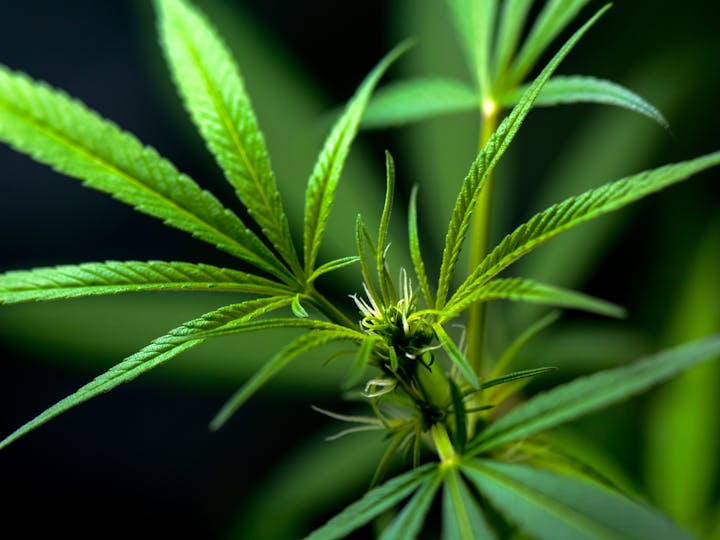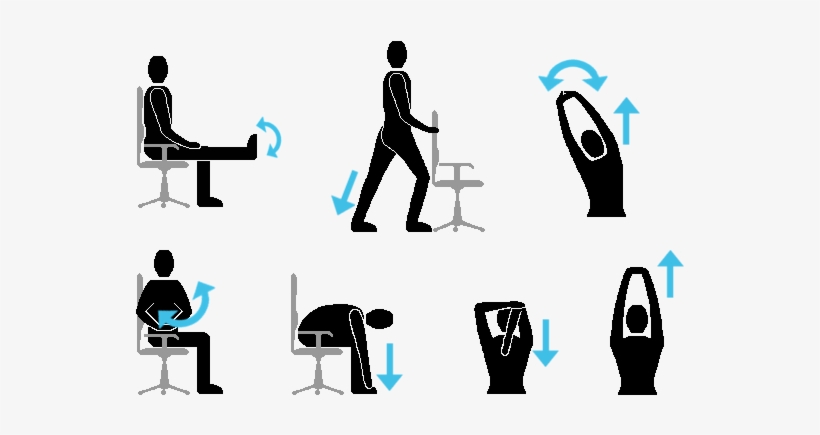Integrating cannabis into everyday life requires more thought than most people initially realize. Unlike alcohol, which has predictable timing and social cues, cannabis affects everyone differently and lasts for varying lengths of time. The key to successfully incorporating cannabis into daily routines lies in understanding your personal response patterns and building realistic expectations around timing, responsibilities, and social situations.
Understanding Your Personal Cannabis Timeline
Everyone metabolizes cannabis differently, which means developing a routine starts with understanding your own response patterns. Some people feel effects within minutes of smoking or vaping, while others need 15-20 minutes before anything kicks in. Edibles present an even wider range of onset times, anywhere from 30 minutes to 2 hours depending on individual metabolism and stomach contents.
Duration varies just as much as onset time. A quick vape session might provide 1-2 hours of effects for some users, while others remain affected for 3-4 hours from the same amount. Understanding these personal timelines prevents awkward situations where effects last longer than expected or wear off too quickly.
The best approach involves careful experimentation during times when there are no pressing responsibilities. Track how different products affect you, how long effects last, and how you feel during the comedown period. This information becomes the foundation for planning cannabis use around daily activities.
Morning and Work Day Considerations
Cannabis use before work requires careful consideration of job responsibilities, workplace policies, and personal performance standards. Even in areas where cannabis is legal, most workplaces maintain drug-free policies that could affect employment.
For people who choose to use cannabis in the morning, microdosing often works better than larger amounts. Small doses can provide mood enhancement or pain relief without significantly impacting cognitive function. However, this varies dramatically between individuals – what works as a microdose for one person might be too much or too little for another.
Timing becomes crucial when planning morning use. Someone who needs to be sharp for a 9 AM meeting probably shouldn’t use cannabis at 7 AM, even if they normally handle small amounts well. The unpredictability of tolerance, product potency, and daily stress levels can turn a normally manageable dose into an uncomfortable situation.
Shopping and Supply Management
Maintaining a consistent routine requires reliable access to products that work well for your schedule. This means planning ahead and keeping adequate supplies on hand rather than scrambling to restock when you run low. Many users find that purchasing larger quantities when possible helps avoid the inconvenience of frequent shopping trips and provides better cost efficiency.
For people who’ve established their preferred products and dosages, retailers that cater to quantity purchases can simplify supply management significantly. Sites such as http://www.bulkcannabis.cc/ allow users to stock up on tested products without the hassle of frequent small orders, which can be particularly helpful for maintaining consistent routines.
Product consistency matters more when cannabis becomes part of regular routines. Switching between different strains or products frequently makes it harder to predict effects and timing. Many experienced users stick with a few reliable options rather than constantly trying new products.
Evening and Wind-Down Routines
Cannabis often fits most naturally into evening routines when work responsibilities are finished and there’s time to relax. However, even evening use requires planning, especially on weeknights when you need to function normally the next day.
Timing evening cannabis use around dinner, exercise, or other activities affects how it fits into your routine. Using cannabis before dinner might enhance appetite and food enjoyment, while using it afterward could interfere with digestion or energy levels for other evening activities.
Sleep considerations play a major role in evening cannabis routines. Some strains and products promote sleep, while others can actually interfere with rest quality. Understanding how different products affect your sleep helps determine what works for weeknight use versus weekend relaxation.
Family and Social Schedule Integration
Cannabis use around family requires discretion and consideration for others, especially when children are present. This means planning use for times when kids are asleep or occupied, and ensuring that impairment doesn’t affect parenting responsibilities.
Social situations present their own challenges. Cannabis affects social interactions differently than alcohol – some people become more withdrawn, others more talkative, and some experience anxiety in social settings. Understanding your social response to cannabis helps determine when it enhances social experiences versus when it’s better avoided.
Planning around social events requires honest assessment of how cannabis affects your social performance. If cannabis makes you less engaging or more self-conscious, using it before social gatherings probably isn’t ideal. Conversely, if it helps with social anxiety, timing becomes important to ensure peak benefits during the event.
Weekend vs. Weekday Routines
Many cannabis users develop different routines for weekdays and weekends, allowing for more flexibility and experimentation during non-work days. Weekends provide opportunities to try new products, use larger amounts, or experiment with different timing without worrying about work performance.
Weekend routines can also include activities that pair well with cannabis use – outdoor activities, creative projects, or relaxation time that wouldn’t be appropriate during work days. This separation helps maintain professional responsibilities while still enjoying cannabis benefits.
Building sustainable weekend routines prevents the Monday morning struggles that come from overdoing it during time off. Even weekend use benefits from moderation and planning to ensure you’re ready for the week ahead.
Managing Tolerance and Routine Adjustments
Long-term cannabis routines require periodic adjustments as tolerance develops. What works initially might become less effective over time, requiring either increased amounts or tolerance breaks to reset sensitivity levels.
Planning tolerance breaks around work schedules, social commitments, and personal responsibilities makes them more manageable. Some users schedule brief breaks quarterly, while others take longer breaks annually. The key is planning these breaks during times when you don’t rely on cannabis for specific benefits.
Routine adjustments also become necessary as life circumstances change. New jobs, relationships, living situations, or health conditions might require modifications to established cannabis routines. Successful long-term users remain flexible and willing to adapt their approach as needed.
Developing sustainable cannabis routines takes time and experimentation, but the payoff is consistent, predictable benefits that enhance rather than disrupt daily life. The most successful approaches start conservative, build gradually, and always prioritize responsibilities over cannabis use.





